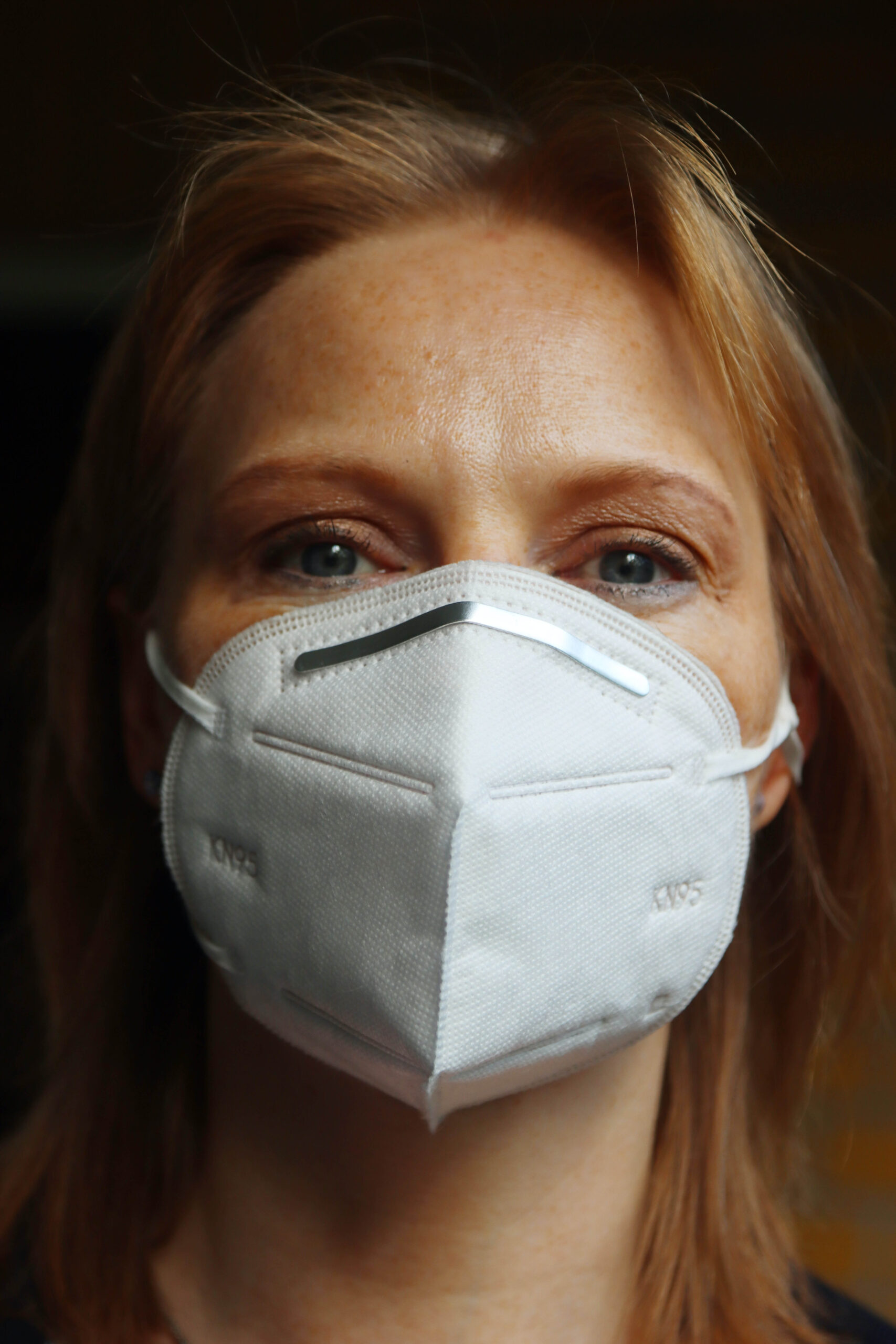Authored by Cello Health, now part of Lumanity
A rising tone of optimism is evident as we approach the end of 2020, with at least three known effective vaccines awaiting approval, plus others on the horizon pending the results of Phase III clinical trials.
But at the same time, an issue is raising its head: will the public accept and actively participate in a global vaccination programme, or are we to face the challenge of ‘vaccine hesitancy’?
Recognised by the WHO as one of the top ten threats to global health, vaccine hesitancy is ‘a delay in acceptance or refusal of vaccines despite availability of vaccination services’.1
Research on how to tackle the issue grew rapidly after the UK GP, Andrew Wakefield, published a fraudulent article linking the MMR vaccine with autism back in 1998.2 Although the larger scientific community universally discredited the associations and evidence, this and other factors continue to contribute to vaccine hesitancy.3
Public health experts suggest that around 70% of any community needs to vaccinate to achieve acceptable levels of protective immunity.4 Worryingly, in October of this year, a global survey of 13,426 people in 19 countries showed that only 72% of participants would be ‘very’ or ‘somewhat likely’ to take a COVID-19 vaccine.5 Countries exceeding 80% tended to be Asian nations (for example 90% in China). Some Western countries like the UK (71.5%) had rates around the mean. Other countries such as Poland, Russia and France had rates below 60%, while in the US survey results have varied, but a recent CNN poll showed only 51% would take a vaccine.6
There are many intriguing reasons to explain public reluctance, ranging from conspiracy theories and political allegiances to safety concerns linked to the rapid development of these vaccines and unease around ‘messing with genes’. Social media no doubt has contributed to the speed at which these narratives have spread, but remember that prior to the ubiquitous rise of social media, a single person was able to seed doubts about the MMR vaccine that continue to this day. People talk.
Arguably as important as the need for logistics and distribution, is the need for governments to prioritize PR and communications initiatives, a point well-made in a recent article by Amit Katwala.7 Media reports often convey conflicting messages about the pandemic, and at times the scientific evidence has been undermined, affecting the level of trust surrounding the vaccine.
Over the course of the pandemic, behavioural science has come to the forefront, factoring in human psychology and behaviour in response to ongoing lockdowns, changing rules, mask-wearing and travel restrictions. So how can it help us to overcome vaccine hesitancy?
Here are some of the concepts from behavioral science that will need to be addressed if there is any chance of achieving herd immunity:
- Optimism bias: Younger, fitter adults will no doubt ask themselves ‘If I’m low risk and it’s largely asymptomatic why should I take the vaccine?’, ‘Bad things will happen to others, not me’. The key here will be open dialogue at a local community level about the risks and benefits of vaccination: younger people are experiencing some of the biggest ‘life losses’ (employment, social lives, travel etc.). Focusing messages on how vaccination will be an important stepping stone to getting back to the things we love could therefore be a more motivating focus than personal protection for this particular audience. Likewise, younger, fitter adults may be open to some forms of de facto compulsion, such as airlines potentially requiring a COVID-19 test or proof of vaccination before allowing air travel, if it means they can do the things that are most important to them
- Omission bias: This is a tendency to prefer doing nothing over doing something: ‘We still don’t know everything about the vaccine, so it’s better to do nothing rather than to take a calculated risk.’ For many people, there may be less perceived uncertainty about the risk of COVID-19 (because we have seen it in society for almost a year) than this new, unknown vaccine. If people tend to judge harmful action as worse than harmful inaction – then communication may need to re-frame this e.g. sitting by and seeing 2021 play out as a grim repeat of 2020 would be more harmful and unwelcome than any small risks from a robustly tested vaccine
- Availability bias: This can lead to skewed judgements around the relative risk of something bad happening to you. We will often judge the likelihood of an event or its frequency based on the ease with which it springs to mind. Further influenced by its emotional context, it leads to people over-estimating events such as shark attacks, ahead of more prosaic, day-to-day killers such as disease. People are more inclined to recall one bad vaccine-related story than thousands of uneventful vaccinations. So while there is a need to increase ‘mental availability’ of positive, reliable, factual information, trying to tackle the ‘infodemic’ of misinformation head on may simply serve to give it ‘oxygen’ and keep it in circulation
- Social norms: This is a well-established lever for vaccine communications. For example, health professionals have long recognized the need for influential figures (doctors, surgeons etc.) to be seen getting their flu vaccine, and ministers are often pictured doing the same. We’ve seen COVID-19 communications where different people, from all walks of life, give their reasons for wearing a face covering, or keeping 2 m apart, or washing their hands. A similar ‘social norming’ approach may be beneficial for vaccine uptake too, helping convey that the majority of people have concluded that, on balance, it is worth getting. We’re also seeing the importance of the ‘messenger effect’ around the vaccine, with the public turning to friends and family in medical roles (of any variety) to see if they feel OK getting the vaccine. With mistrust of ‘big pharma’ and frustration with government handling of coronavirus, understanding who the public does and doesn’t trust to give vaccine information will be important. Getting the right ‘messenger’ could be every bit as important as getting the right ‘message’
- Framing and emotions: While emotion can be an important driver of change, used incorrectly it can backfire. Negative framing (number of lives lost) can capture the attention, but if done too forcefully it can also lead to ‘reactance’. We simply find all the negativity too much of a constraint on our freedom of choice and tend therefore to ignore it. Positive emotional framing can help. After a terrible year, and with seemingly never-ending restrictions, the public is desperate for a glimmer of hope. Framing the vaccines as that glimmer of hope, but doing that in a way that is credible, doesn’t over-promise, and is respectfully transparent with the public about the knowns and unknowns, is likely to be the key balance for communications to strike
These biases and behavioral phenotypes are deeply engrained and resistant to change. Logic and science do not always resonate as one might expect, so vigorous communication efforts to address the particular concerns of each individual will be needed to counter vaccine hesitancy, help communities achieve the requisite target vaccination levels and consign the pandemic to history.
“Now that it looks like we will have a vaccine sooner rather than later, it’s becoming clear that the PR and comms surrounding it could be just as important as the logistics of distribution.”7
References
- MacDonald NE; SAGE Working Group on Vaccine Hesitancy. Vaccine hesitancy: Definition, scope and determinants. Vaccine. 2015;33(34):4161-4164. doi:10.1016/j.vaccine.2015.04.036.
- Wakefield AJ. MMR vaccination and autism. Lancet. 1999;354(9182):949-950. doi:10.1016/S0140-6736(05)75696-8.
- Xiao X, Wong RM. Vaccine hesitancy and perceived behavioral control: A meta-analysis. Vaccine. 2020;38(33):5131-5138. doi:10.1016/j.vaccine.2020.04.076.
- Subbarao, K. COVID-19 vaccines: time to talk about the uncertainties. Nature. 2020. https://www.nature.com/articles/d41586-020-02944-8
- Lazarus, J.V., Ratzan, S.C., Palayew, A. et al. A global survey of potential acceptance of a COVID-19 vaccine. Nat Med. 2021;27, 225–228. https://doi.org/10.1038/s41591-020-1124-9.
- Howard, J. The percentage of Americans who say they would get a COVID-19 vaccine is falling, CNN poll finds. CNN. 2020. https://edition.cnn.com/2020/10/05/health/covid-19-vaccine-willingness-cnn-poll-wellness/index.html
- Katwala, A. The COVID-19 vaccine will need to have a flawless PR strategy. Wired. 2020. https://www.wired.co.uk/article/coronavirus-vaccine-hesitancy-pfizer












